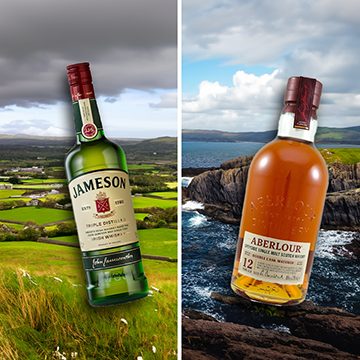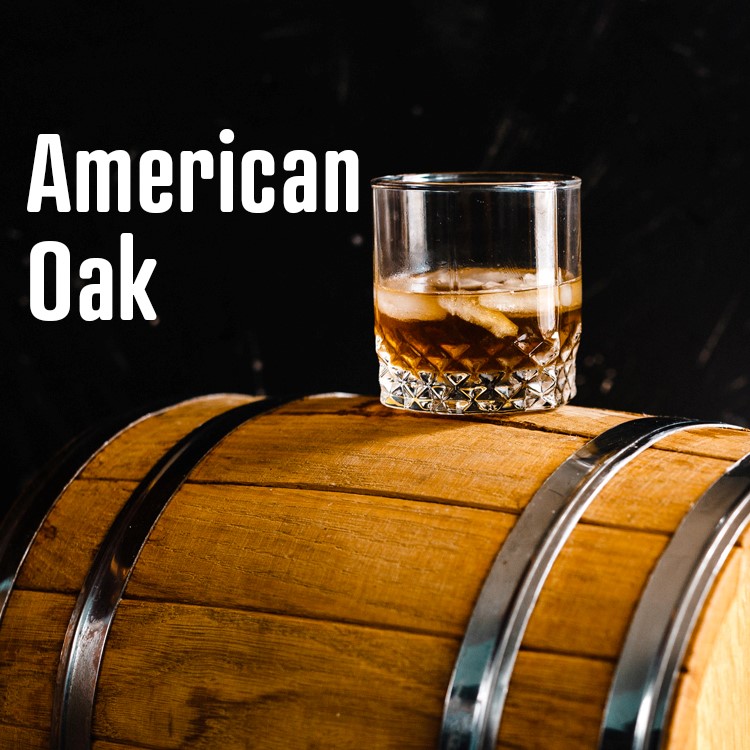Irish whiskey and Scottish whisky (or whiskey) are both beloved spirits, but they have distinct characteristics and methods of production. Here are some key differences between distilling Irish whiskey and Scottish whisky:
Spelling and Terminology:
The most obvious difference is the spelling: Irish whiskey is spelled with an “e,” while Scottish whisky is spelled without the “e.” This distinction is consistent with the tradition of each country.
Ingredients:
Both Irish whiskey and Scottish whisky are typically made from three main ingredients: water, malted barley, and yeast. However, there are some differences in the use of additional grains and peat:
Irish whiskey: Irish whiskey can be made from a mixture of malted and unmalted barley, as well as other grains such as corn or wheat. Peat is generally not used in the malting process, resulting in a smoother and less smoky flavour profile.
Scottish whisky: Scotch whisky can be made from malted barley (single malt) or a blend of grains, including barley, corn, rye, and wheat. The use of peat during the malting process is common in some regions of Scotland (e.g., Islay), leading to a wide range of flavour profiles, from smoky and peaty to light and floral.
Distillation:
Both Irish whiskey and Scottish whisky are typically distilled in pot stills or column stills, but the number of distillations and the shape of the stills can vary. Irish whiskey is often triple-distilled for smoothness, while Scottish whisky may be distilled two times (though some Scotch distilleries also use three distillations).
Maturation:
Maturation in wooden casks is a critical step for both spirits. Irish whiskey and Scottish whisky may be aged in oak barrels for a minimum of three years. However, the choice of casks and aging periods can vary significantly, impacting the final flavour profile.
Scotch whisky often uses a wider variety of cask types, including ex-bourbon barrels, sherry casks, and more, leading to diverse flavour profiles.
Irish whiskey may also use different cask types, but it is known for its smoother and milder character.
Flavour Profile:
Irish whiskey tends to have a smoother, lighter, and fruitier flavour profile with fewer smoky or peaty notes.
Scottish whisky offers a broader spectrum of flavours, ranging from light and floral to rich and smoky, depending on the region and production methods.
Regions:
Scotland is divided into several whisky-producing regions, each known for its unique characteristics, such as Islay (known for peaty whiskies) and Speyside (known for lighter, fruity whiskies).
Ireland also has different regions, but the distinctions are less defined, and the production tends to have a more consistent character across the country.
In summary, while both Irish whiskey and Scottish whisky share similarities in their ingredients and production processes, the choice of ingredients, distillation methods, maturation, and regional variations contribute to their distinct flavour profiles and characteristics. Whether you prefer the smoothness of Irish whiskey or the complexity of Scottish whisky depends on your personal taste preferences.






